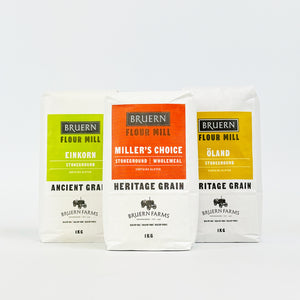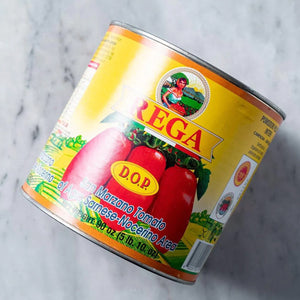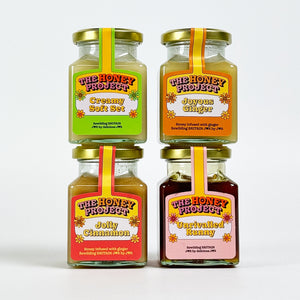
What is Pinsa Romana? The Difference Between Pinsa Vs Pizza.
The Story of Pinsa.
Pinsa Romana, sometimes known as Pinza and pronounced "peen-sa", is a hand-pressed type of bread/pizza based on an ancient recipe that traces its heritage to over two thousand years ago. Pinsa was originally baked by the rural population living just outside of ancient Rome.

In the past, a king of "Foccace" or "Schiacciatine" was cooked by grinding organic cereals such as millet, barley and spelt, seasoning it and flavourring it with herbs.
The word PINSA comes from the latin word "PINSERE", which means to stretch and spread.

The Making of Pinsa.
The modern Pinsa Romana recipe has evolved over the centuries and is now made with the use of Rice Flour, soya and Whey Flour. At Ratton Pantry we sell a convenient pre mixed Dallagiovanna Pinsa Flour in 1kg, 3kg, 6kg bags and as a 25kg sack.
The unique ingredients and the complex process of making the dough result in a light and airy dough that's crispy on the outside and soft on the inside. The dough is made with 80% water (80% hydration dough) and very little salt, which are mixed together with sourdough starter and then left to leaven for 48-72 hours.
Due to its high water content, Pinsa dough is not rolled or spun like a traditional pizza base. Instead it's simply pressed flat by the chef's fingers, similar to the process of making Focaccia, before baking on a lower temperature of around 300°C allowing all gluten to break down.

Pinsa Vs Pizza, What's the difference?
The most obvious difference is the unique oval shape of Pinsa Romana. However, there are many more that go beyond that.
The dough uses a combination of flours, creation of the dough is highly controlled and monitored including many temperature checks at various stages of the process to achieve the right results. The result of Pinsa dough is that of a fuller flavour with a hint of ancient bread, unlike anything else.
Curing the maturation process complex sugars, proteins and starches break down into simple sugars and amino acids making Pinsa easy to digest, a lot more so than Pizza dough. Simple, organic ingredients and lower cooking temperature also makes Pinsa lower in calories and fat and a high water ratio helps the food naturally pass the digestive system faster. It is a great, tasty treat for those who are looking to eat natural and healthy food.
Health Benefits of Pinsa.
- Easily digestible
- 67% less gluten than regular pizza
- Organic grains replace heavy fats
- No sugar added
- 100% less cholesterol vs pizza
- Much lower in calories





Leave a comment